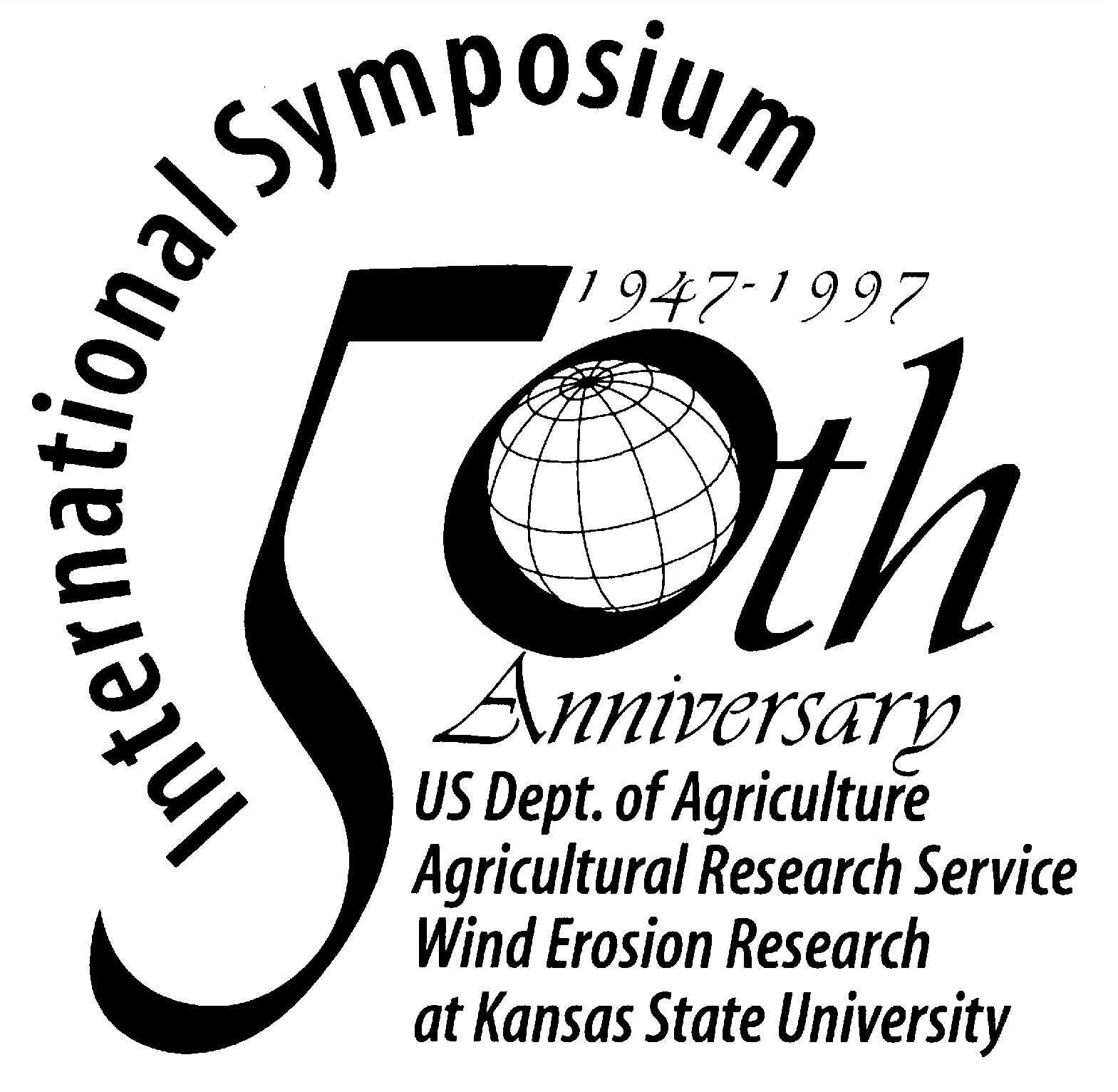|
Field Evaluation of Energy Balance Simulation of Surface Soil Temperatures
R. M. Aiken, D. C. Nielsen, M. F. Vigil, and L. R. Ahuja
Abstract
Surface crop residues help stabilize soils by
reducing soil water loss, reducing the erosive force of wind and shielding the soil from
saltating particles. Our objectives were to quantify seasonal changes in the geometry of
crop residues, residue effects on soil water recharge efficiency, and to evaluate the
predictive accuracy of PENFLUX, a simplified soil-residue energy boundary condition
module, that is compatible with the USDA-ARS Root Zone Water Quality Model. We quantified
soil and residue micro-climatic conditions and residue geometry following the 1995 harvest
of wheat (Triticum aestivum), millet (Panicum miliaceum), corn (Zea
mays) , and sunflower (Helianthus annuus) under no till management at the
ARS Central Great Plains Research Station located 7 km E of Akron, CO (40o N,
103o W, 1400 m elev.); stubble mulch tillage of wheat was included for
comparison. We evaluated net irradiance and soil temperature (5 mm soil depth) calculated
from a Penman-type energy balance module, solving for surface residue and soil
temperatures. Wheat_NT increased the fraction of early spring precipitation retained in
the soil profile, attributed, in part to reduced turbulent mixing of near-surface winds.
The number of standing stems decreased linearly over time. Loss of soil cover resulted
from residue decomposition during warm and wet spring conditions, and was likely
accelerated by mechanical action of wind during cold winter conditions. Non-calibrated
simulation of surface energy balance demonstrated high precision with persistent bias for
net radiation (R2 > 0.99) and surface temperature (R2 > 0.86).
Simulated evaporation was greatest for systems with lowest soil cover--sunflower_NT and
wheat_SM. Quantitative knowledge of these processes can support residue management
decisions for conservation of soil and water. |




